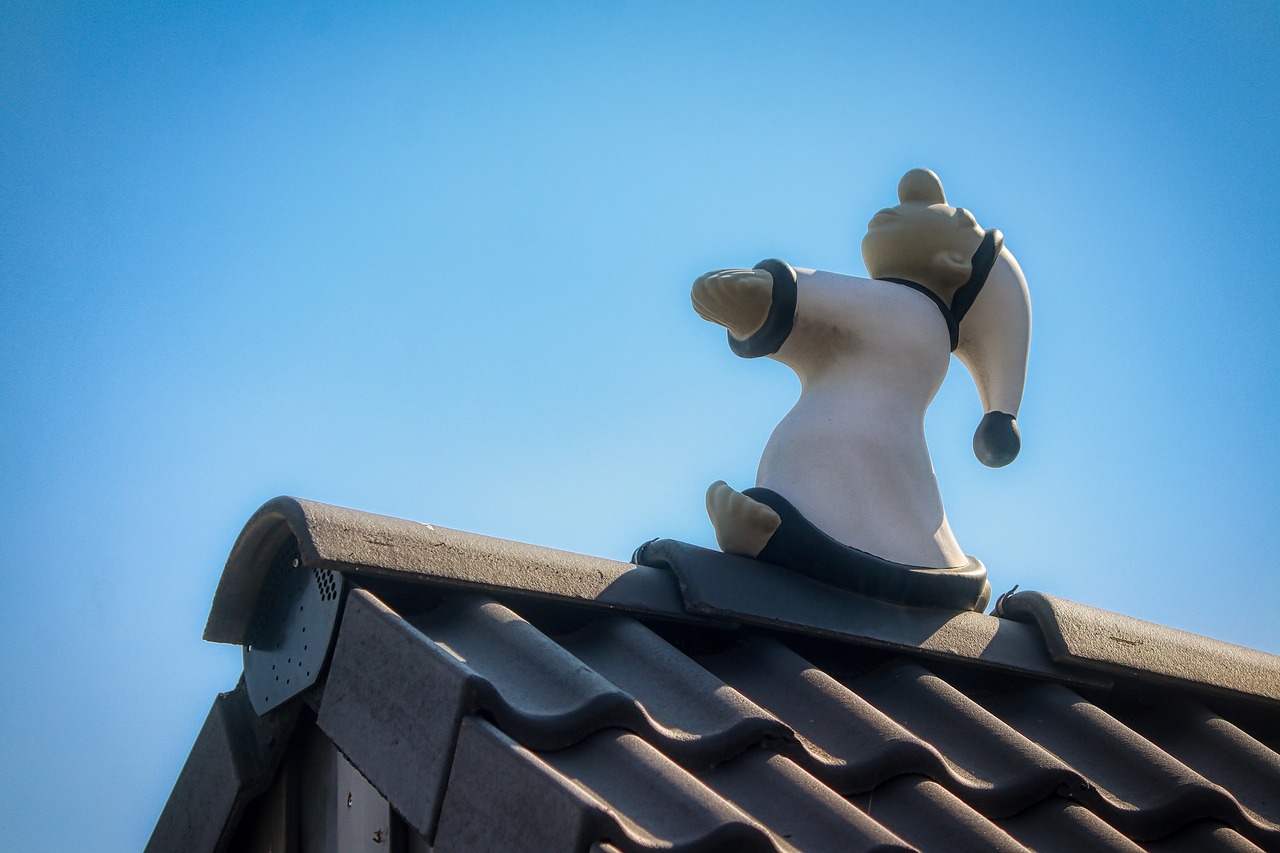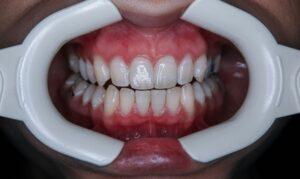Sleepwalking, or somnambulism, is a sleep disorder that affects a significant portion of the population, especially children. It involves walking or performing other complex behaviors while in a state of deep sleep. Although sleepwalking is often portrayed humorously in media, it can be a serious condition with potential risks, both for the sleepwalker and those around them. The question of whether sleepwalking is dangerous depends on various factors, including the specific behaviors exhibited during episodes, the environment in which sleepwalking occurs, and the frequency of episodes. In this article, we’ll explore the nature of sleepwalking, the potential dangers it poses, and strategies to manage and prevent harmful outcomes.
Understanding Sleepwalking
What Is Sleepwalking?
Sleepwalking typically occurs during the deep stages of non-REM (rapid eye movement) sleep, usually within the first few hours after falling asleep. During an episode, a sleepwalker may sit up in bed, walk around, perform routine tasks, or even engage in more complex behaviors such as driving a car or leaving the house. Despite appearing awake, the sleepwalker is actually in a state of partial arousal and is usually unaware of their actions. Most people have no memory of the event upon waking.
Sleepwalking is more common in children, with many outgrowing the condition by adolescence. However, it can persist into adulthood, where it may be triggered by factors such as stress, sleep deprivation, alcohol consumption, or certain medications. While the behaviors associated with sleepwalking are generally harmless, the potential for dangerous situations is real, making it important to understand the risks and take preventive measures.
Common Causes and Triggers
Sleepwalking can be caused by a variety of factors, including genetics, sleep disorders, and environmental influences. Some of the most common triggers for sleepwalking episodes include:
- Sleep Deprivation: Lack of adequate sleep can increase the likelihood of sleepwalking by disrupting normal sleep patterns.
- Stress and Anxiety: High levels of stress or anxiety can trigger sleepwalking, as they may interfere with the quality of sleep and lead to episodes of partial arousal.
- Medications: Certain medications, particularly those that affect the central nervous system, can increase the risk of sleepwalking.
- Alcohol Consumption: Drinking alcohol, especially in large quantities, can disrupt sleep architecture and trigger sleepwalking episodes.
- Sleep Disorders: Conditions such as sleep apnea, restless legs syndrome, and other sleep disorders can increase the likelihood of sleepwalking.
Potential Dangers of Sleepwalking
1. Physical Injury
One of the most immediate dangers of sleepwalking is the risk of physical injury. Since sleepwalkers are not fully conscious and aware of their surroundings, they are more likely to encounter hazards that could result in injury. Common scenarios include:
- Falls: Sleepwalkers may trip over objects, fall down stairs, or fall out of windows, leading to bruises, fractures, or more severe injuries.
- Collisions: Walking into walls, furniture, or other obstacles is common during sleepwalking episodes, potentially resulting in cuts, bruises, or head injuries.
- Leaving the House: In more severe cases, sleepwalkers may leave the safety of their home and wander outside, where they could be exposed to various dangers, such as traffic, cold weather, or getting lost.
2. Dangerous Behaviors
While some sleepwalkers engage in relatively benign activities, others may perform actions that are potentially hazardous, such as:
- Cooking: Sleepwalkers might attempt to cook or handle sharp kitchen utensils, leading to burns, cuts, or fires.
- Driving: Although rare, there have been cases where sleepwalkers have driven a car while asleep. This behavior is extremely dangerous and can result in accidents, injury, or death.
- Operating Machinery: In environments where heavy machinery or dangerous tools are accessible, sleepwalkers may inadvertently operate them, posing a significant risk to themselves and others.
3. Disruptive Behaviors
Sleepwalking can also involve behaviors that, while not physically dangerous, can be disruptive or distressing to the sleepwalker or others in the household. These may include:
- Leaving the Bed: Sleepwalkers may leave their bed and wander around the house, which can be unsettling for family members who are unaware of the sleepwalking episode.
- Engaging in Unusual Activities: Some sleepwalkers may engage in behaviors such as rearranging furniture, eating, or even urinating in inappropriate places. These behaviors can be confusing and distressing for those who witness them.
- Interacting with Others: Sleepwalkers may attempt to interact with others in the household in ways that are out of character, such as speaking incoherently or acting aggressively. These interactions can cause confusion or concern, especially if the sleepwalker is unaware of their actions.
4. Emotional and Psychological Impact
The emotional and psychological impact of sleepwalking should not be underestimated. Sleepwalkers may experience embarrassment, anxiety, or fear about their condition, particularly if they have been involved in dangerous or socially inappropriate behaviors during an episode. This anxiety can lead to sleep disturbances, making the problem worse. Additionally, family members or roommates may also experience stress or fear, particularly if they feel responsible for ensuring the sleepwalker’s safety.
5. Legal and Social Consequences
In some rare cases, sleepwalking has led to legal and social consequences. For instance, there have been instances where sleepwalkers have committed crimes, such as theft or assault, while asleep. Although these cases are rare and often involve complex legal and medical evaluations, they highlight the potential for severe social and legal repercussions stemming from sleepwalking behavior.
Managing and Preventing Sleepwalking
1. Create a Safe Sleep Environment
One of the most effective ways to manage the risks associated with sleepwalking is to create a safe sleep environment. This involves taking steps to remove potential hazards and make the home safer for sleepwalkers:
- Remove Obstacles: Keep the floor clear of clutter and remove any objects that could cause tripping or injury. Consider using nightlights to help the sleepwalker navigate if they do get out of bed.
- Secure Windows and Doors: Ensure that windows are locked and that doors are secured to prevent the sleepwalker from leaving the house. In some cases, installing an alarm or motion sensors can alert others if the sleepwalker tries to leave.
- Use Bed Rails: For individuals who are prone to falling out of bed, using bed rails can help prevent injury.
- Block Access to Dangerous Areas: If the sleepwalker tends to wander into potentially dangerous areas, such as the kitchen or garage, consider blocking access with child safety gates or locking doors.
2. Establish a Consistent Sleep Routine
A consistent sleep routine can help reduce the likelihood of sleepwalking episodes by promoting better sleep quality. Establishing regular bedtimes and wake-up times, even on weekends, can help regulate the sleep-wake cycle and reduce sleep disruptions that may trigger sleepwalking.
3. Address Underlying Triggers
Identifying and addressing underlying triggers for sleepwalking is crucial in managing the condition. If stress or anxiety is a contributing factor, implementing relaxation techniques such as deep breathing, meditation, or yoga before bed can help calm the mind and reduce the risk of sleepwalking. For those with sleep disorders like sleep apnea, seeking treatment to address the underlying condition can help reduce sleepwalking episodes.
4. Medication Management
In some cases, medications can be a trigger for sleepwalking. If a particular medication is suspected of causing or exacerbating sleepwalking, consult with a healthcare provider to explore alternative options or adjust the dosage. In certain situations, medications such as benzodiazepines or antidepressants may be prescribed to help reduce the frequency of sleepwalking episodes, but these should only be used under the guidance of a healthcare professional.
5. Seek Professional Help
If sleepwalking episodes are frequent, severe, or pose a significant risk to the individual or others, it may be necessary to seek professional help. A sleep specialist can conduct a thorough evaluation, which may include a sleep study (polysomnography) to monitor sleep patterns and identify any underlying issues. Cognitive-behavioral therapy (CBT) and other therapeutic interventions may also be recommended to help manage the condition.
6. Educate Family Members
It’s important for family members or roommates of sleepwalkers to be aware of the condition and understand how to respond during an episode. They should be instructed not to startle or try to wake the sleepwalker suddenly, as this can lead to confusion or aggressive behavior. Instead, gently guiding the sleepwalker back to bed is usually the safest approach.
Conclusion
While sleepwalking is often harmless, it can be dangerous in certain situations, particularly when the sleepwalker is exposed to physical hazards or engages in risky behaviors. Understanding the potential dangers of sleepwalking and taking proactive steps to create a safe sleep environment are key to managing the condition and preventing harm. Establishing a consistent sleep routine, addressing underlying triggers, and seeking professional help when necessary can all contribute to reducing the frequency and severity of sleepwalking episodes.
If you or a loved one experiences sleepwalking, it’s important to take the condition seriously and implement measures to ensure safety. With the right strategies and support, the risks associated with sleepwalking can be minimized, allowing for a safer and more restful night’s sleep.




